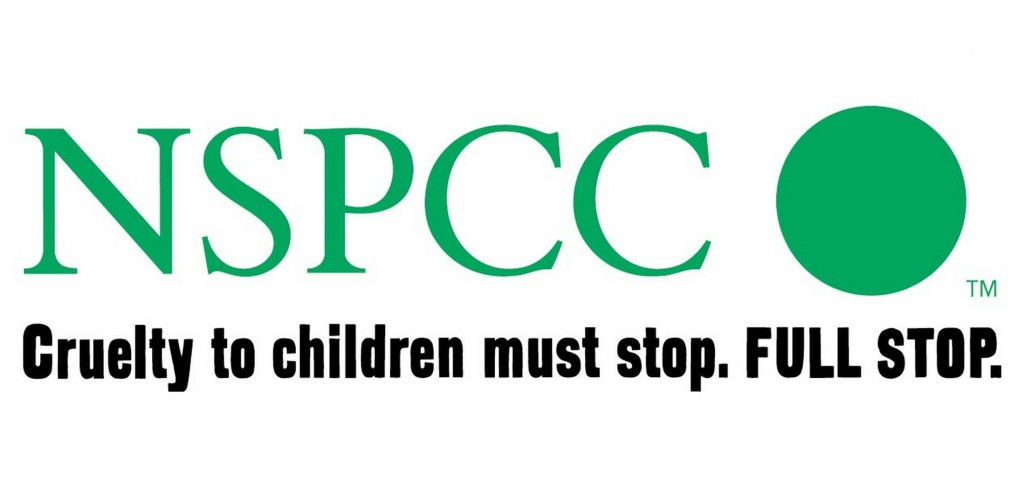Introduction to charity advertising:
Introduction to charity advertising:
- What is the purpose of the charity advert? To inform and educate the audience and expanding the audiences knowledge on what the specific advert is representing.
- How do they work? By guilt-tripping the audience and making the audience feel sympathetic towards the charity campaign.
- What mode of address do they take? Typically charity campaigns are very direct and forceful, colour is typically dull and dramatic in order to allow the audience to sympathise. Adverts are very personal to share the responsibility within the advert.
- What conventions do they demonstrate? typically contain shocking images and titles. They also use ambiguous tag lines in order to make it memorable and make the audience think. And uses motif address.
NSPCC - open your eyes (2000)
- disturbing crying sounds at the beginning
- Sustained distressed/eerie soundtrack throughout the charity advertisement
- Direct lexis, making it personal
- Lists the benefits of appealing to this charity
- Uses specific examples of children that need help i.e. specific names and scenarios
- Serious of distressing images/clips of children in need
- Dull lighting and titles, no colour used apart the highlighted urgent/dramatic words: 'Hope'
- Uses urgent language 'please' 'you can change..' 'now' emphasises the urgency of the advert
- Dull, dark voice to emphasise the sadness and how serious this is
- Mid/close ups on 'distressed' children
- Factual information e.g. a phone number and address

- Long pauses of silence at the very beginning
- Wide empty shots to show the large scale and the importance of appealing to this charity
- Emotional, slow music introduced in the middle of the advert
- The narrator is speaking slowly and in a deep voice, shows the desperation
- The colour of the shots are dull and 'dry' looking, emphasizing what the advert is trying to appeal
- Factual information is giving e.g. address, the donation amount, a phone number
- The specific name of the child in the advert is giving to guilt-trip the audience and sympathize for her
- Direct address and very dramatic lexis used

Comments
Post a Comment